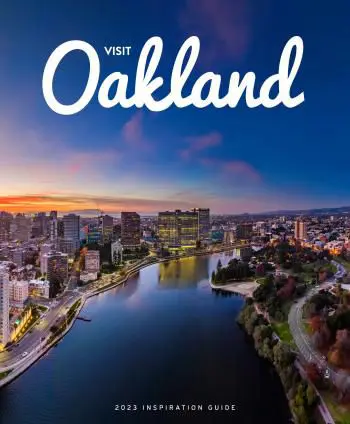A Dynamic Journey Through History Shaping a Vibrant and Resilient City
Origins of Opportunity and Change
The story of East Bay begins with its first inhabitants—the Ohlone people—who lived in harmony with the land's abundant coastal resources for thousands of years. Their legacy lingers in the shellmounds along the shoreline and in the preserved native place names scattered across the region.
Spanish explorers arrived in the late 1700s, introducing missions and ranchos that laid the groundwork for agriculture and settlement. Following Mexican independence, the land transitioned into private holdings, and by the 1850s, with California’s admission to the Union, the East Bay began transforming into a vibrant crossroads of cultures and commerce.
Industrial Growth and Cultural Identity
The arrival of the transcontinental railroad in the 1860s turned Oakland into a key terminal, cementing East Bay’s role as a transportation and shipping hub. This boom drew waves of immigrants—Chinese, Italian, African American, and Portuguese communities among them—who shaped the diverse social fabric still thriving today.
In the early 20th century, East Bay became synonymous with industrial innovation. Shipbuilding, automotive assembly, and the Port of Oakland brought economic vitality and population growth. During World War II, the region surged with workers supporting the war effort, including Rosie the Riveters who filled the Kaiser shipyards in Richmond.
Mid-Century Movements and Progressive Roots
The post-war period brought suburban development and cultural transformation. East Bay cities like Berkeley and Oakland emerged as national symbols of activism during the 1960s and 70s. The Free Speech Movement at UC Berkeley, the rise of the Black Panther Party in Oakland, and opposition to the Vietnam War all took root here, giving the region its enduring legacy of progressive values and civic engagement.
These movements weren’t just political—they catalyzed advancements in education, urban planning, and civil rights that continue to define the area's character.
Legacy Visible Today
- The USS Potomac (“Floating White House” of FDR) is docked in Oakland
- Oakland’s Preservation Park and Jack London Square celebrate literary and civic history
- Berkeley’s Telegraph Avenue echoes with the energy of student-led movements
- Richmond’s Rosie the Riveter WWII Home Front National Historical Park honors the labor force that changed America’s workforce
- East Bay’s architectural mix reflects its eras—Victorians, Arts and Crafts, Mid-Century Modern
Today, East Bay continues evolving, blending its revolutionary spirit with 21st-century innovation in biotech, education, and clean energy. For physicians considering relocation, this history offers more than context—it offers connection, a chance to live in a place where change is not only embraced but made.
